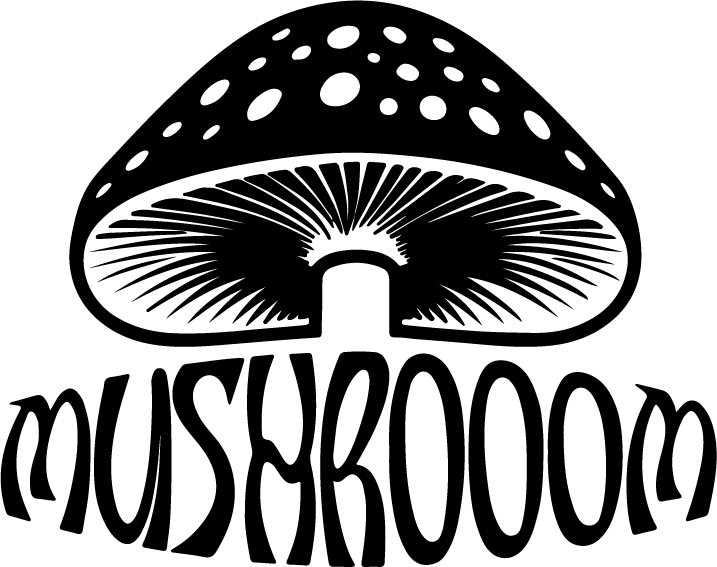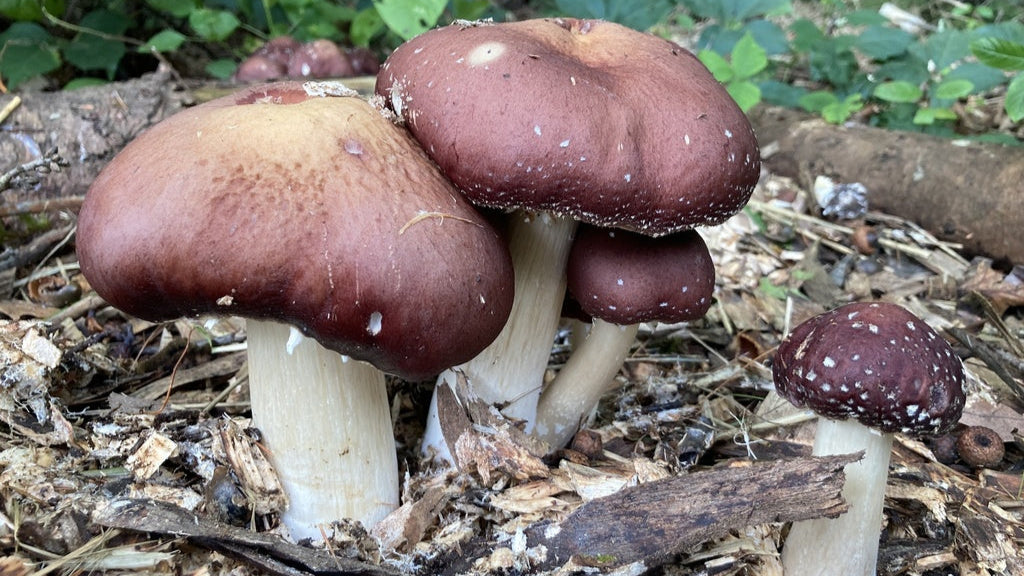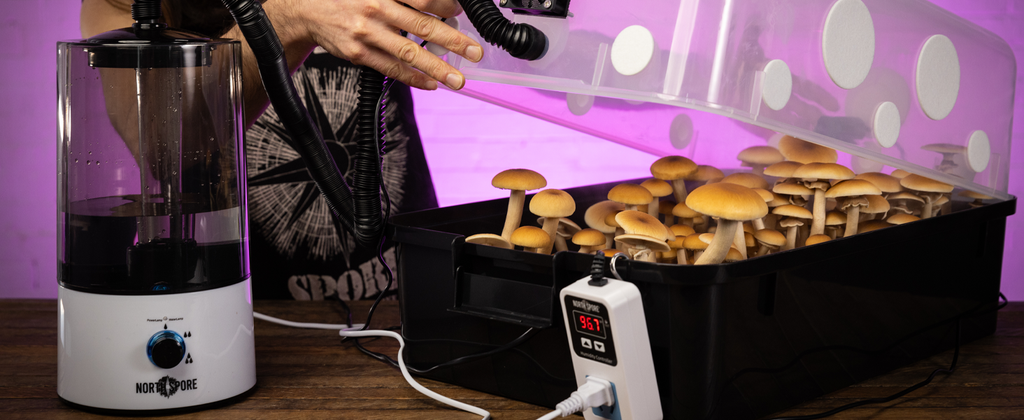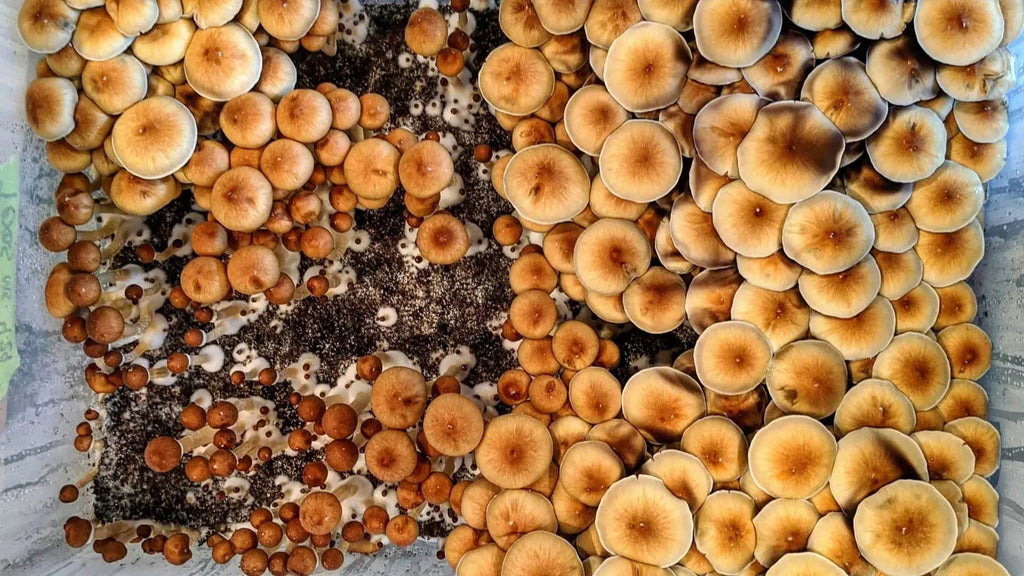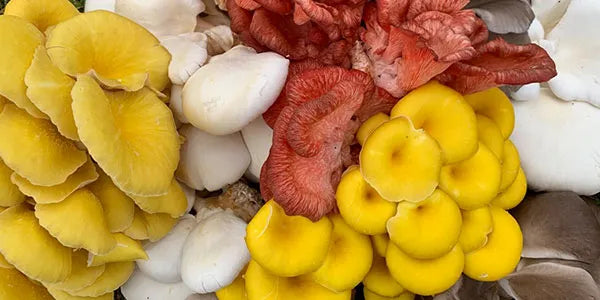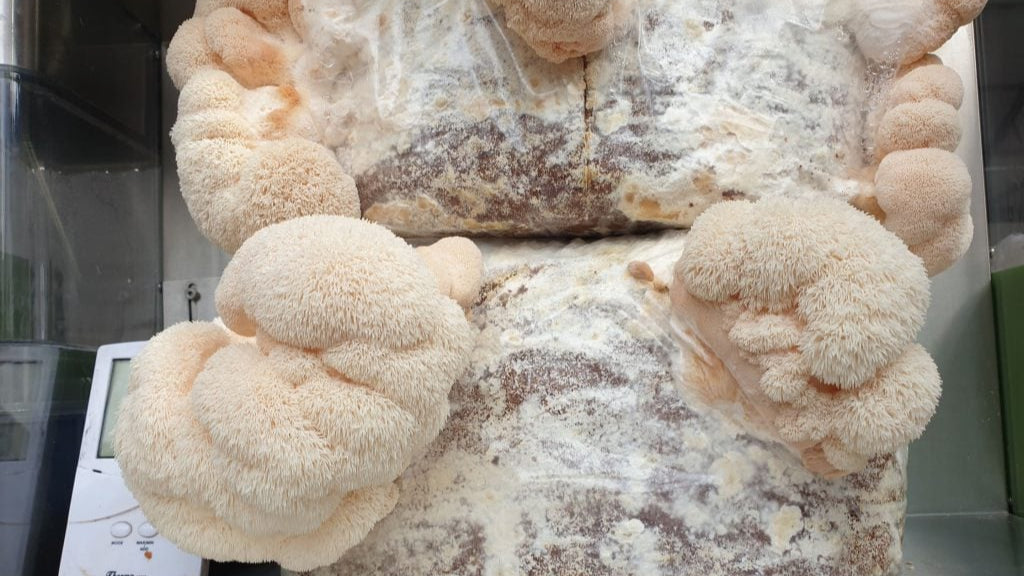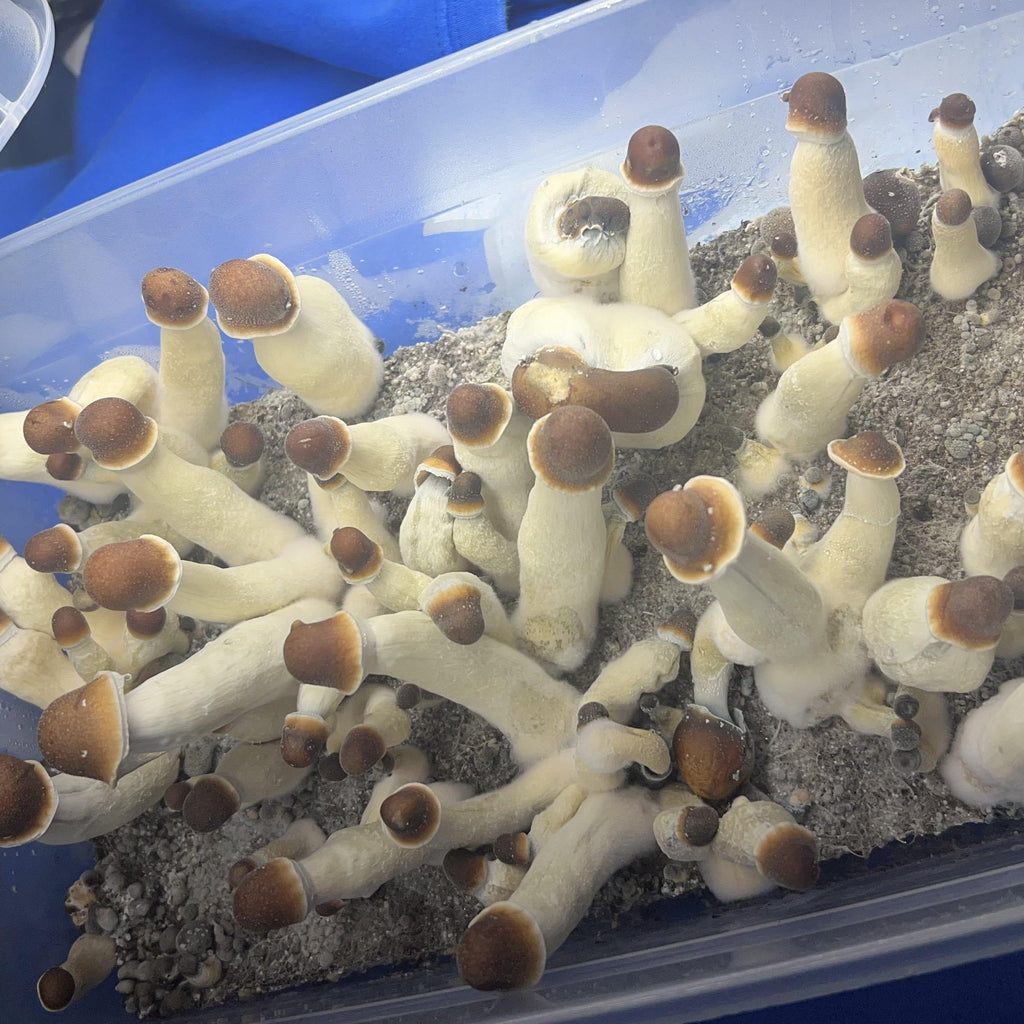
Proven Tips for Bigger Harvests

Whether you’re growing mushrooms in a small home setup or running a commercial farm, maximizing your mushroom yield comes down to a mix of science, technique, and attention to detail. With the right approach, you can increase your harvests, improve quality, and boost your profitability.
In this guide, we’ll break down the key factors that affect mushroom yields—and exactly what you can do to improve them.
1. Choose the Right Mushroom Variety for Your Setup
Not all mushrooms are created equal when it comes to yield potential.
Oyster Mushrooms – Fast-growing and high-yield (up to 200% biological efficiency). Great for beginners.
Button Mushrooms (Agaricus bisporus) – Popular and profitable, but require precise climate control.
Shiitake – Lower initial yield but produce multiple flushes over time.
2. Start With High-Quality Spawn
Your spawn (the “seed” of the mushroom world) sets the foundation for your yield.
Buy from reputable suppliers to ensure strong genetics and low contamination risk.
Match spawn to your substrate—some strains thrive better on certain materials.
Use fresh spawn—older spawn can slow colonization and reduce output.
3. Optimize Your Substrate for Nutrition and Structure
The substrate is your mushrooms’ food source. The more nutritious and well-prepared it is, the higher your yield potential.
Use nutrient-rich ingredients like hardwood sawdust for shiitake or straw for oyster mushrooms.
Pasteurize or sterilize to kill competing organisms.
Maintain the right moisture content—too dry and mycelium won’t colonize; too wet and you risk contamination.
4. Perfect Your Climate Control
Mushrooms are extremely sensitive to their growing environment.
Humidity: Most species thrive between 85–95% relative humidity during fruiting.
Temperature: Match your mushroom type—e.g., oysters prefer 18–24°C (65–75°F).
Fresh Air Exchange (FAE): Prevent CO₂ buildup to avoid long, thin stems.
Light: While mushrooms don’t photosynthesize, indirect light triggers better fruiting.
5. Master the Flush Cycle
Mushrooms fruit in “flushes” or waves.
First flush is usually the largest, but proper hydration and care can produce multiple profitable flushes.
After each harvest, re-soak the substrate (if applicable) to encourage more growth.
Remove all leftover mushroom material to reduce contamination risk.
6. Prevent Contamination
Contamination from mold or bacteria is the number one yield killer.
Work in clean, sanitized spaces.
Wash hands and tools before handling substrate.
Filter incoming air in grow rooms.
7. Track, Adjust, and Scale
Professional growers log every detail—strain used, yield per flush, environmental data.
Identify which methods give the highest biological efficiency.
Adjust humidity, temperature, and substrate mixes accordingly.
Scale successful methods to larger batches.
Final Thoughts
Getting the maximum yield from your mushroom grow isn’t about one magic trick—it’s about combining good genetics, optimal conditions, and smart management. Whether you’re growing oyster mushrooms in a closet or managing a 1,000-square-foot grow room, these steps will help you boost production and profitability.
